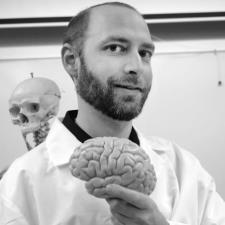
Geoff G. answered • 03/25/22
Current A&P Instructor with Extensive Physiology Experience
The first thing you need to do is identify what the special senses are. The receptors for special senses are localized to certain areas of the head as opposed to general senses for which receptors are located throughout the body.
Special senses are sight, hearing, smell, taste, and equilibrium; general senses include touch, temperature, pain, and proprioception.
Sensory information related to the special senses is delivered to the brain by cranial nerves. You can easily find information in the form of a table that will contain the answers you're seeking. For example, visual information is carried by the optic nerves which originate in the retina and enter the skull through the optic canal of the sphenoid bone before partially crossing at the optic chiasm and continuing as the optic tracts.
All cranial nerves are associated with foramina - holes in the skull through which they pass on their way to the centers of the brain which interpret the information they carry.
This is what you need to know to complete the rest of the special senses. Note that it's possible for a sense to be delivered by multiple cranial nerves.



